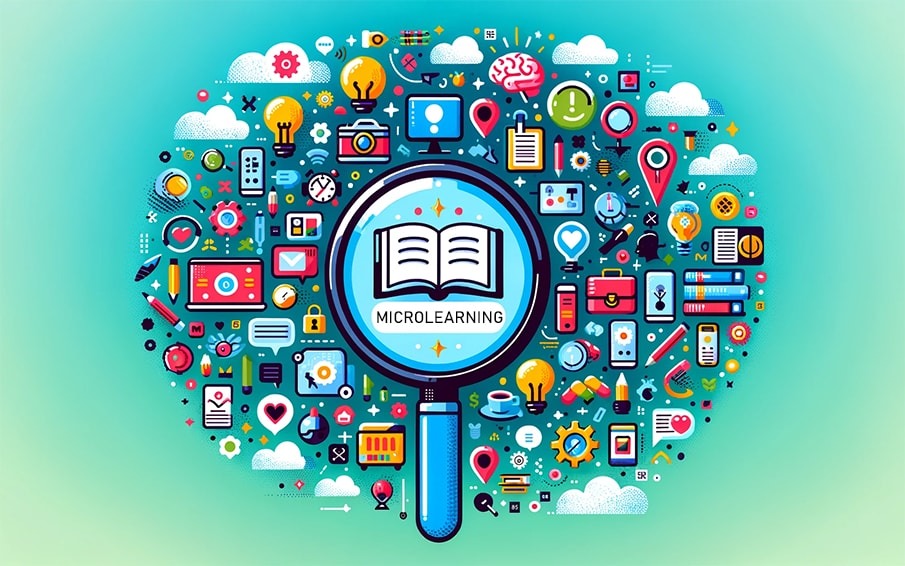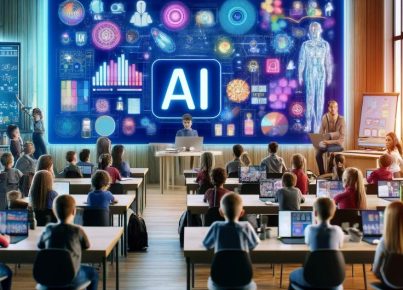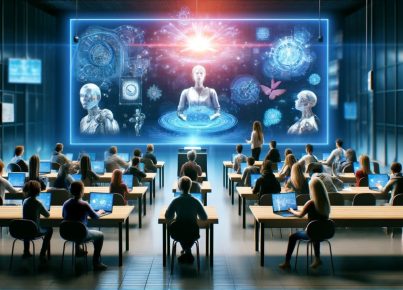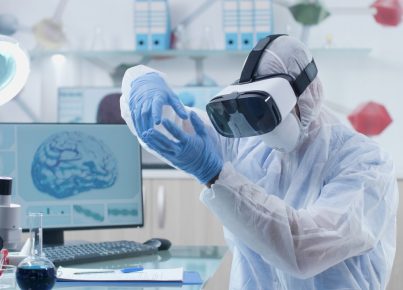The year 2025 has seen a significant shift towards microlearning and adaptive content chunking as key strategies in differentiated instruction. These approaches break down learning materials into small, manageable units that can be easily customized to meet individual student needs.
Microlearning platforms in 2025 use AI algorithms to analyze each student’s learning patterns, attention span, and comprehension levels. Based on this data, the system dynamically adjusts the size and complexity of content chunks. For instance, a student who tends to lose focus after 10 minutes might receive shorter, more frequent lessons, while another who thrives on deep dives might get longer, more comprehensive units.
Adaptive content chunking goes beyond just adjusting the size of learning units. It also involves intelligently sequencing these chunks based on individual learning paths. The system might identify that a particular student understands concept B more easily when it’s preceded by concept A, and adjusts the lesson order accordingly.
This approach is particularly beneficial for students with diverse needs. Those with attention disorders can engage with bite-sized content that maintains their focus, while students with processing difficulties can revisit small chunks of information as often as needed without feeling overwhelmed.
Moreover, microlearning in 2025 incorporates a variety of media formats – text, videos, interactive simulations, and even AR experiences – allowing students to engage with content in ways that best suit their learning styles. The system tracks which formats lead to the best outcomes for each student and prioritizes these in future lessons.
Spaced repetition, a technique proven to enhance long-term retention, is seamlessly integrated into these microlearning systems. Key concepts are strategically revisited at optimal intervals, with the timing and format of these reviews personalized for each student based on their forgetting curve.
As we move through 2025, expect to see more sophisticated integration of microlearning with everyday activities. For instance, location-based triggers might prompt relevant micro-lessons when a student enters a particular environment, creating seamless connections between formal learning and real-world experiences.





